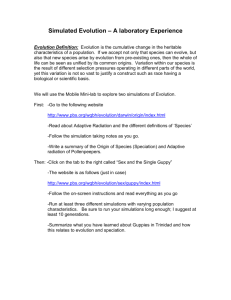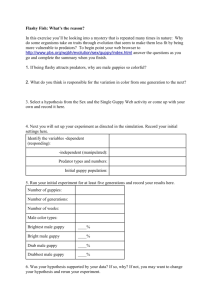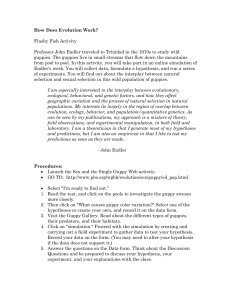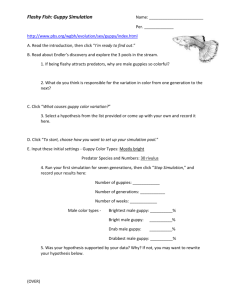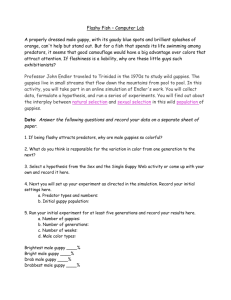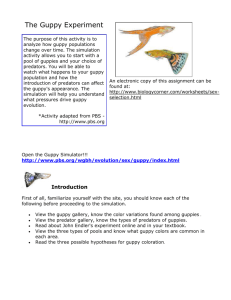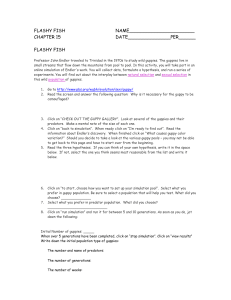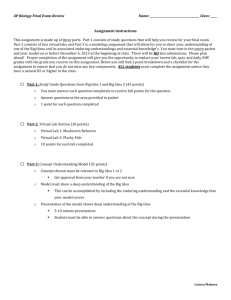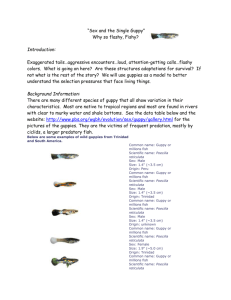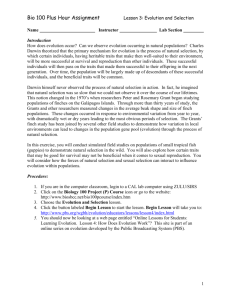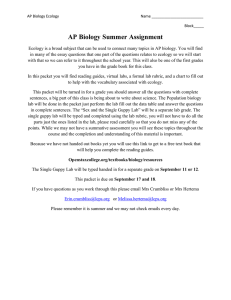to see directions to do natural selection on line activites for extra credit
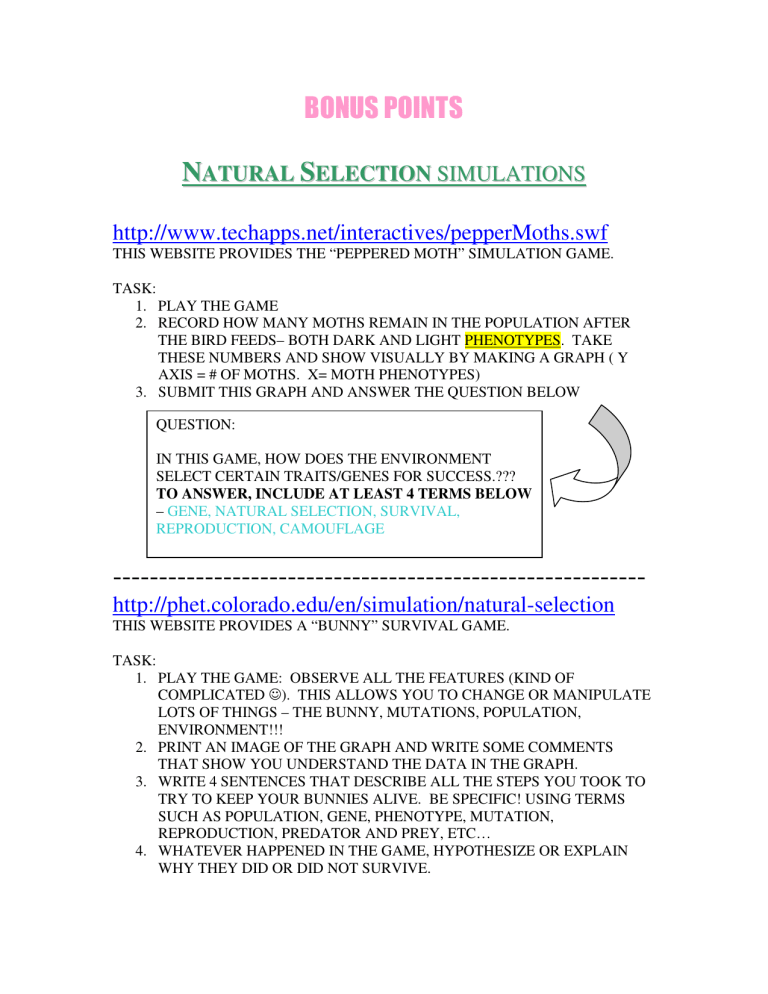
BONUS POINTS
N A T U R A L S E L E C T I I O N S I I M U L A T I I O N S
http://www.techapps.net/interactives/pepperMoths.swf
THIS WEBSITE PROVIDES THE “PEPPERED MOTH” SIMULATION GAME.
TASK:
1.
PLAY THE GAME
2.
RECORD HOW MANY MOTHS REMAIN IN THE POPULATION AFTER
THE BIRD FEEDS– BOTH DARK AND LIGHT PHENOTYPES. TAKE
THESE NUMBERS AND SHOW VISUALLY BY MAKING A GRAPH ( Y
AXIS = # OF MOTHS. X= MOTH PHENOTYPES)
3.
SUBMIT THIS GRAPH AND ANSWER THE QUESTION BELOW
QUESTION:
IN THIS GAME, HOW DOES THE ENVIRONMENT
SELECT CERTAIN TRAITS/GENES FOR SUCCESS.???
TO ANSWER, INCLUDE AT LEAST 4 TERMS BELOW
– GENE, NATURAL SELECTION, SURVIVAL,
REPRODUCTION, CAMOUFLAGE
---------------------------------------------------------- http://phet.colorado.edu/en/simulation/natural-selection
THIS WEBSITE PROVIDES A “BUNNY” SURVIVAL GAME.
TASK:
1.
PLAY THE GAME: OBSERVE ALL THE FEATURES (KIND OF
COMPLICATED ☺ ). THIS ALLOWS YOU TO CHANGE OR MANIPULATE
LOTS OF THINGS – THE BUNNY, MUTATIONS, POPULATION,
ENVIRONMENT!!!
2.
PRINT AN IMAGE OF THE GRAPH AND WRITE SOME COMMENTS
THAT SHOW YOU UNDERSTAND THE DATA IN THE GRAPH.
3.
WRITE 4 SENTENCES THAT DESCRIBE ALL THE STEPS YOU TOOK TO
TRY TO KEEP YOUR BUNNIES ALIVE. BE SPECIFIC! USING TERMS
SUCH AS POPULATION, GENE, PHENOTYPE, MUTATION,
REPRODUCTION, PREDATOR AND PREY, ETC…
4.
WHATEVER HAPPENED IN THE GAME, HYPOTHESIZE OR EXPLAIN
WHY THEY DID OR DID NOT SURVIVE.
http://www.pbs.org/wgbh/evolution/educators/lessons/lesso n4/act2.html
SIMULATION INVOLVES THE “GUPPY” AND HOW IT MUST CONSIDER
ATTRACTING MATES AND ALSO AVOID PREDATORS IN ITS ENVIRONMENT!
TASK: ANSWER THE QUESTIONS BELOW
Flashy Fish: Data
1. If being flashy attracts predators, why are male guppies so colorful ?
2. What do you think is responsible for the variation in color from one generation to the next?
3. Select a hypothesis from the Sex and the Single Guppy Web activity or come up with your own and record it here .
4. Next you will set up your experiment as directed in the simulation. Record your initial settings here.
Predator types and numbers:
Initial guppy population:
5. Run your initial experiment for at least five generations and record your results here .
Number of guppies:
Number of generations:
Number of weeks:
Male color types:
Brightest male guppy ____%
Bright male guppy ____%
Drab male guppy ____%
Drabbest male guppy ____%
6. Was your hypothesis supported by your data? If so, why? If not, you may want to change your hypothesis and rerun your experiment.
7. New hypothesis :
Record your new data here.
Number of guppies:
Number of generations:
Number of weeks:
Male color types:
Brightest male guppy ____%
Bright male guppy ____%
Drab male guppy ____%
Drabbest male guppy ____%
8. Was your new hypothesis supported by your data? If so, why? If not, redo.
9. Summarize what you learned from your experiments .
COOL WEBSITES http://www.pbs.org/wgbh/evolution/educators/index.html
PBS SOURCE FOR LESSONS, SIMULATIONS, VIDEOS ON EVOLUTION
